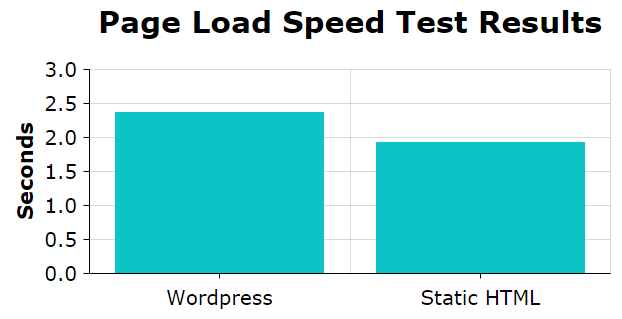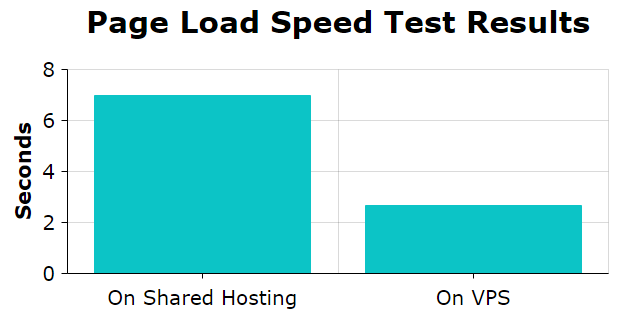In recent years, webpage load speed has become an increasingly prominent topic, and for good reason. Not only is page load speed a factor in Google’s search rankings, it’s a factor in user experience, user satisfaction, and conversion rates. One eye-opening example of this is Amazon’s study which found that a one second reduction in page load speeds would cost $1.6 billion per year. Even with this increased attention, there’s an aspect of page speed optimization that is often ignored.
The Other Side Of Page Load Speed Optimization
Most page speed advice (such as Google’s Page Speed Insights tool) focuses on front-end code optimizations – enabling browser caching, minifying Javascript, optimizing images, etc. While these are definitely important tactics to use, we’ve noticed that there’s a powerful set of tactics that don’t get enough publicity – backend optimization. Server-side code execution and database queries can be a significant part of a webpage’s load time, especially when a website is built on a large or complex code base.

First Test: WordPress vs Static HTML
To demonstrate how much of a page’s load time is server side, we tested page load speeds for a webpage generated by WordPress vs a status HTML webpage. The HTML, CSS, JavaScript, and images of the two pages were identical – the only difference was the backend code.
Results: The static HTML page loaded 18.5% faster than the WordPress page.
One way to apply these results is to install a caching plugin for WordPress, which caches static HTML versions of pages to serve to the user, resulting in faster page load speeds.
Second Test: Shared vs Dedicated Hosting
Since we know that backend execution time can be a major factor in page load speed, we ran a test to measure how much benefit a dedicated hosting solution can provide. (A dedicated hosting solution typically provides more RAM, memory, and other computer resources, allowing the server to execute the backend code and serve files more quickly.)
The test used two out of the box installations of Magento (which is a resource-intensive software package) – one on a shared hosting package, one on an SSD VPS. Each install was tested from multiple locations, then the page load times were averaged. Here are the results:
- Average shared hosting load time: 6.99 seconds
- Average VPS load time: 2.67 seconds
- Conclusion: The Magento website on VPS loaded in 38% of the time as the Magento website on Shared.
Note that a 62% reduction in page load speed was obtained simply by upgrading the web hosting. This is a big improvement that can be obtained with just a few extra bucks each month.
Conclusion
While most page load speed tools focus on providing front end code advice, webmasters shouldn’t forget to optimize their server-side code also. Significant improvements can be achieved, especially if you’re using resource-intensive software such as Magento.



